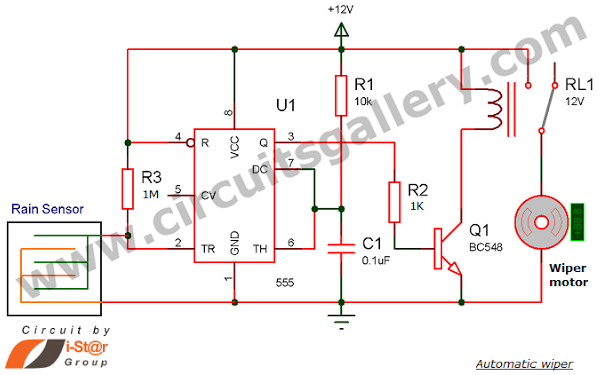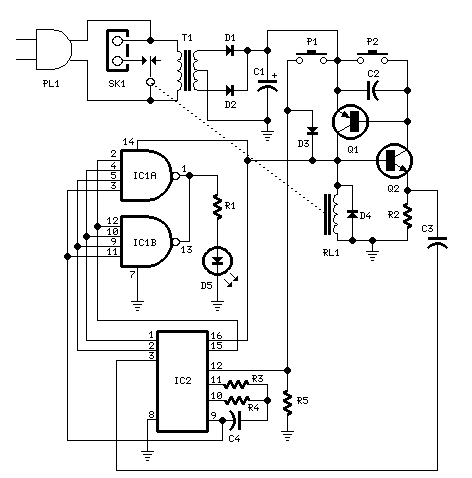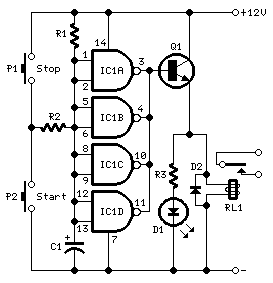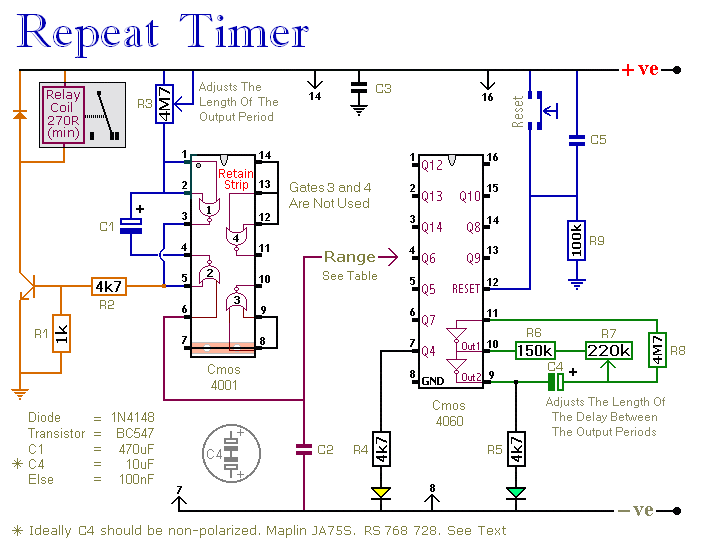
Quirky 555 Timer Reset Function
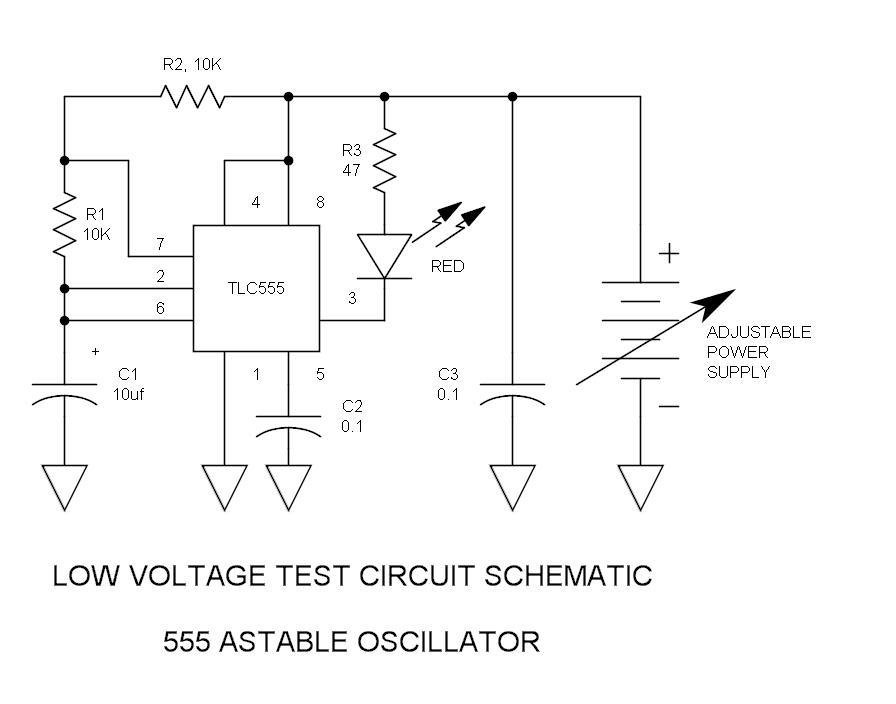
How many individuals have experienced legitimate issues with the 555 timer? It can be inferred that these problems often involve the reset line, specifically pin 4, which must be set high before operation.
The 555 timer IC is a versatile device widely used in various electronic circuits for timing, pulse generation, and waveform shaping. It operates in several modes, including monostable, astable, and bistable configurations. One common issue that users encounter is related to the reset functionality, which is controlled by pin 4 of the IC.
In the standard 555 timer configuration, pin 4 serves as the reset pin, which allows for the interruption of the timing cycle. For proper operation, this pin must be held high (typically connected to Vcc) to ensure that the timer can function correctly. If pin 4 is inadvertently pulled low, the timer will reset, causing the output to go low regardless of the state of the other input pins. This behavior can lead to unexpected results in circuits where precise timing is critical.
To mitigate issues associated with the reset line, it is advisable to include a pull-up resistor connected to pin 4. This resistor ensures that the reset pin maintains a high state unless intentionally driven low by an external signal. Additionally, careful attention should be given to the layout of the circuit to minimize noise and interference that could inadvertently affect the reset line.
In summary, while the 555 timer is a robust and widely used component in electronic design, attention to the reset functionality is crucial for reliable operation. Properly managing pin 4 can prevent common issues and enhance the overall performance of circuits utilizing this versatile timer IC.How many have had legitimate problems with the 555 timer? Let me guessit involved the reset line, did it not? We all know that pin 4 must be set high befo.. 🔗 External reference
The 555 timer IC is a versatile device widely used in various electronic circuits for timing, pulse generation, and waveform shaping. It operates in several modes, including monostable, astable, and bistable configurations. One common issue that users encounter is related to the reset functionality, which is controlled by pin 4 of the IC.
In the standard 555 timer configuration, pin 4 serves as the reset pin, which allows for the interruption of the timing cycle. For proper operation, this pin must be held high (typically connected to Vcc) to ensure that the timer can function correctly. If pin 4 is inadvertently pulled low, the timer will reset, causing the output to go low regardless of the state of the other input pins. This behavior can lead to unexpected results in circuits where precise timing is critical.
To mitigate issues associated with the reset line, it is advisable to include a pull-up resistor connected to pin 4. This resistor ensures that the reset pin maintains a high state unless intentionally driven low by an external signal. Additionally, careful attention should be given to the layout of the circuit to minimize noise and interference that could inadvertently affect the reset line.
In summary, while the 555 timer is a robust and widely used component in electronic design, attention to the reset functionality is crucial for reliable operation. Properly managing pin 4 can prevent common issues and enhance the overall performance of circuits utilizing this versatile timer IC.How many have had legitimate problems with the 555 timer? Let me guessit involved the reset line, did it not? We all know that pin 4 must be set high befo.. 🔗 External reference
Warning: include(partials/cookie-banner.php): Failed to open stream: Permission denied in /var/www/html/nextgr/view-circuit.php on line 713
Warning: include(): Failed opening 'partials/cookie-banner.php' for inclusion (include_path='.:/usr/share/php') in /var/www/html/nextgr/view-circuit.php on line 713
